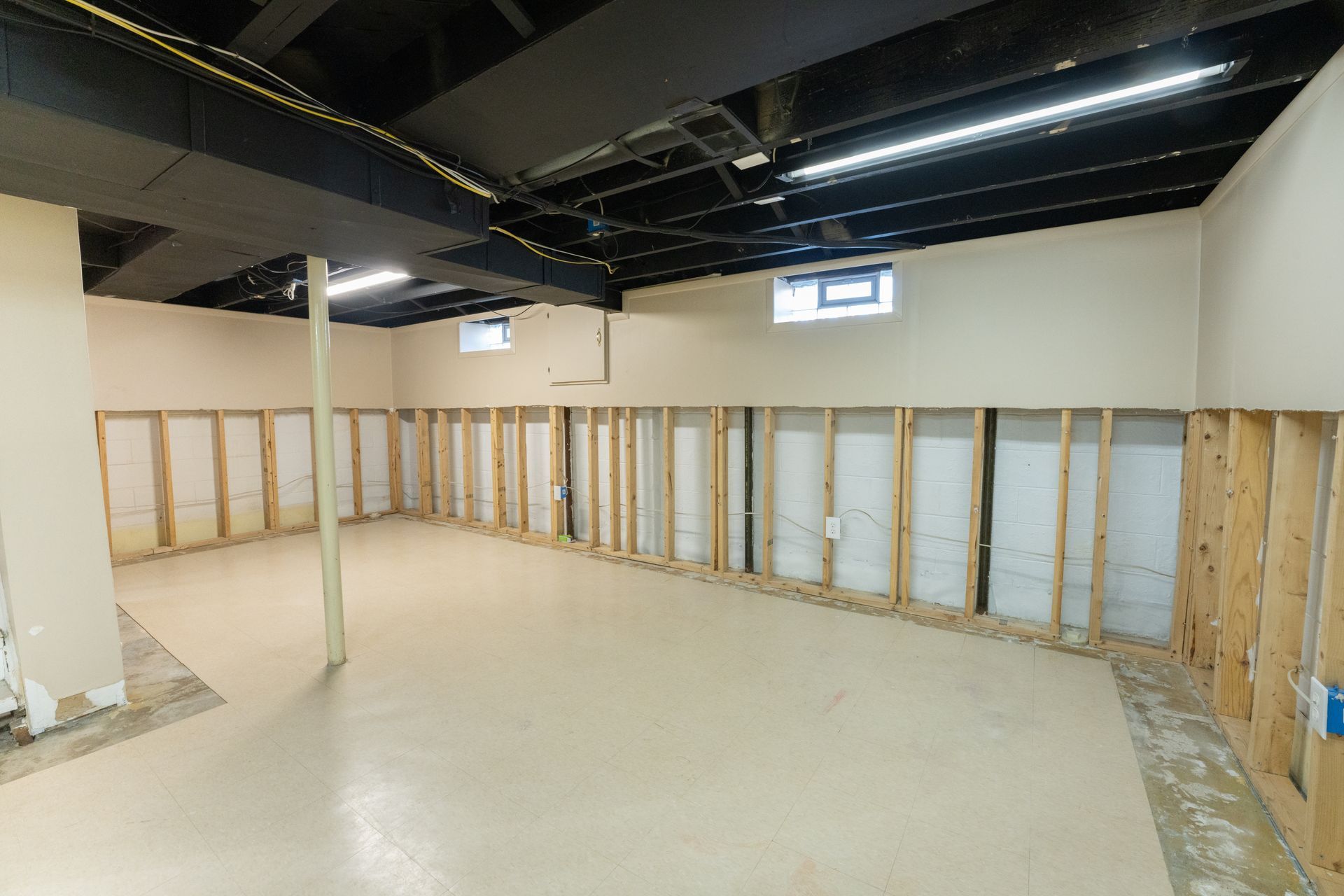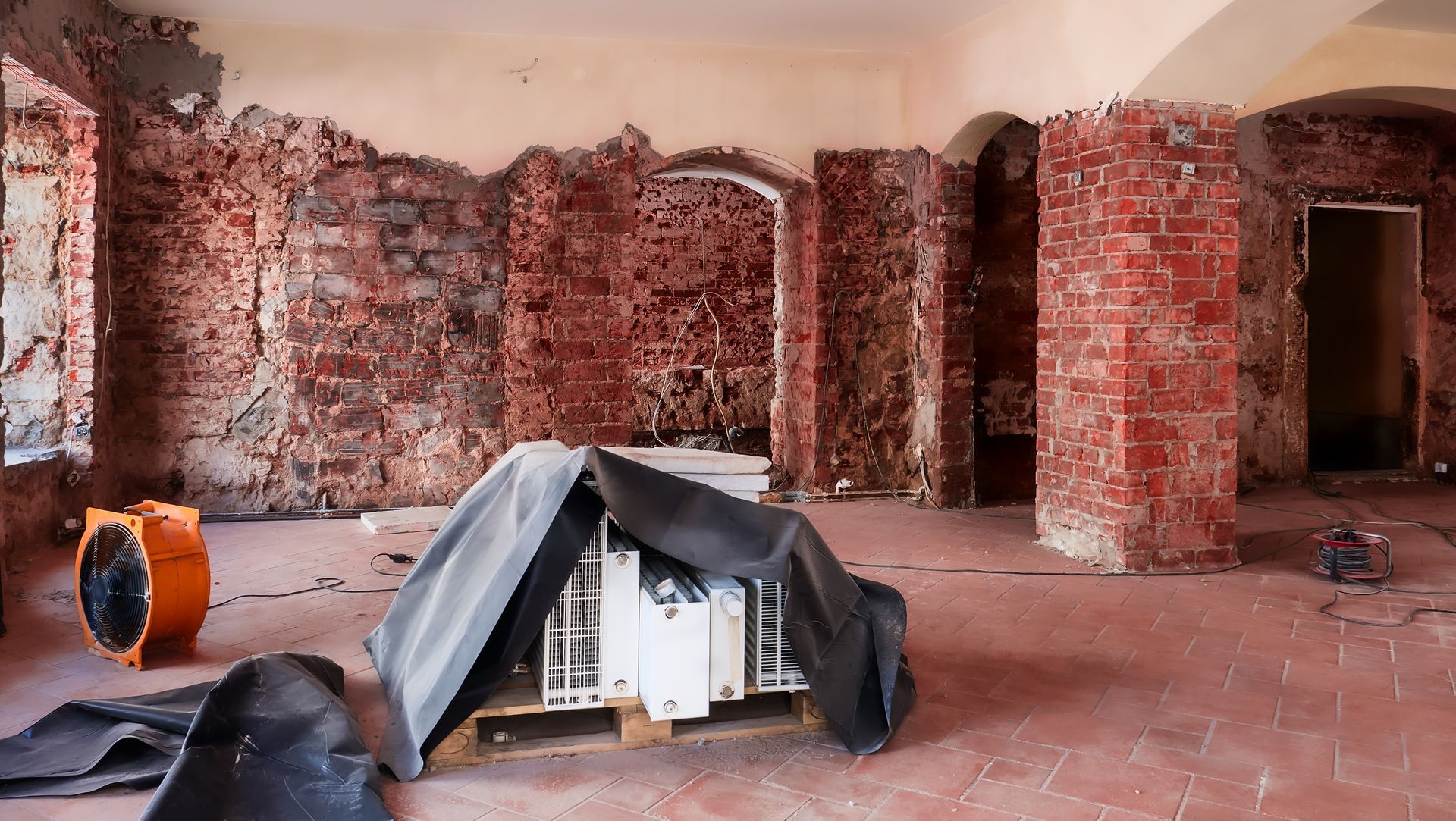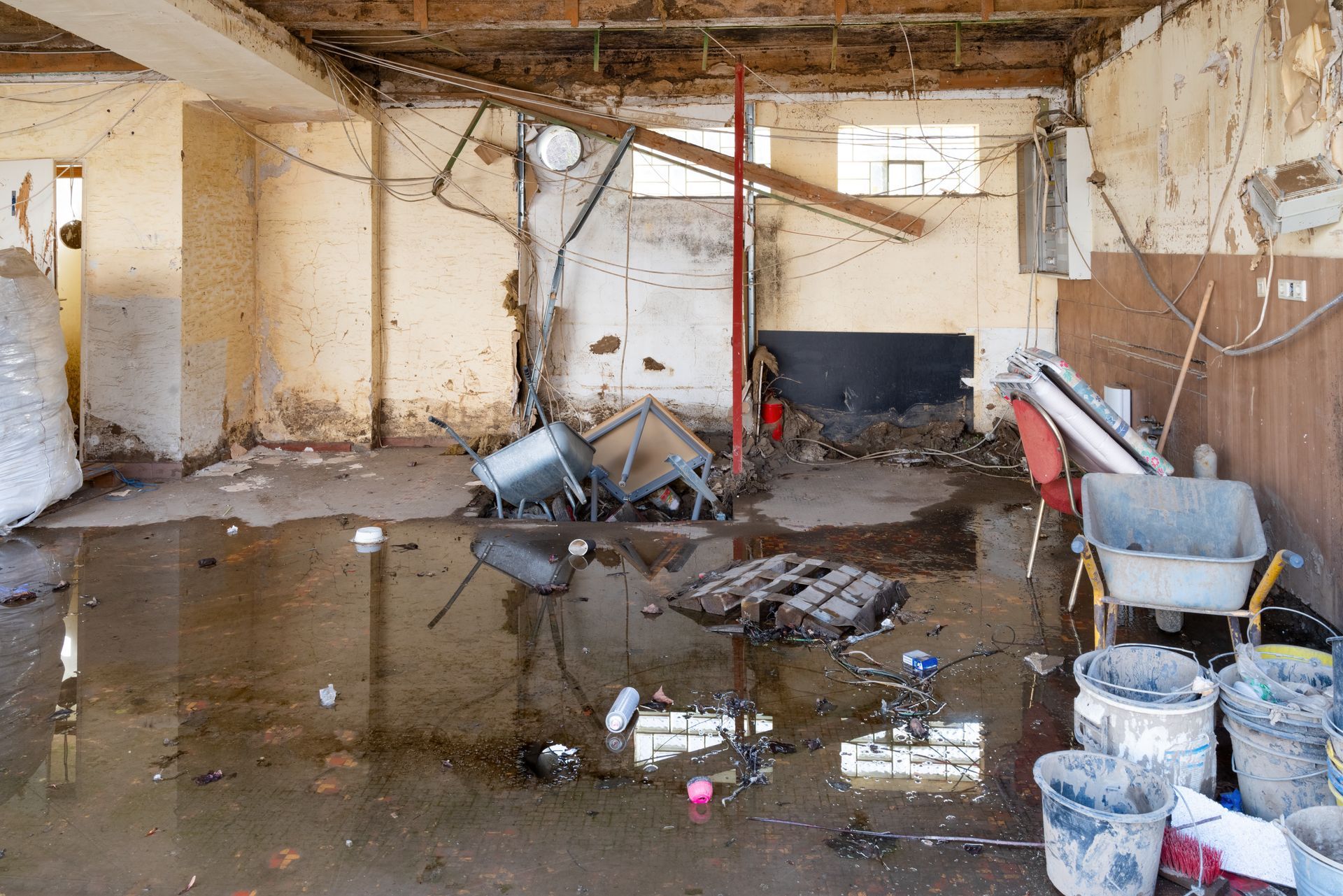CAT Planning Isn’t Just For Hurricane Season
Preparing for a Large Loss isn’t just a Hurricane Season
Hurricane Season reminds us of the need to review catastrophe plans; however, any time of year a property can have a major water loss, fire or other property damage affecting operations.
When we set meetings we often hear in Louisiana, “I am up to my ass in alligators,”. It is meant to describe a busy week/month for facility managers. We understand the limitations and it is why we believe having a detailed and well-prepared catastrophe plan for our clients helps us be efficient handling of high-volume claims or helping a single company maintain operations.
During any size loss we work with facility managers and their insurance carriers to help maintain communication. It is an important role we take seriously because we help ensure proper coverage and reporting of information the insurance carrier needs to approve the claim.
The CAT Plan
A company’s plan to respond to a catastrophe needs to be based on many factors. The size of the company, where the company is located geographically, the organizational structure, the type of business the company writes and the severity and type of claims the company expects to receive. Just remember, it is always important to have more resources available than needed.
BEFORE THE DISASTER
Business Continuity Plan – When a storm is expected to cause damage to a location, the Business Continuity Plan (BCP) is a vital. This plan will determine things such as: how employees are notified, where staff is relocated to, how equipment will be procured, where phone calls will temporarily be routed to, what additional resources will be needed at the new location, etc. The BCP should be given out before storm season. It’s smart to ensure each employee is provided with a paper copy to keep at their residence.
Forecasting Claim Volume – Early on, Geographic Information Systems detect the insured risks near a natural disaster. This may require assistance from your IT department, but it can be very effective in estimating exposure and projecting claim volume. Most insurers have this capability, and it’s estimated that 90% of the direct written premium by insurers in the U.S. can be mapped using a GIS.
Reserving – If you are not using an automated statistical reserve when a claim is set up, determine what average reserve you want to assign to Cat claims when they are opened. Not assigning a reserve on desk-adjusted claims, you may be under reserving, as there are often delays on the policyholders’ part in submitting estimates.
Contact Center – The volume of claims coming in from a Cat, makes it hard to always meet Best Practice standards. If the initial contact timeline is extended, the verbiage the customer service representatives use when taking new claims in should be changed to advice policyholders of when they should be expecting an initial call. This is important to set policyholders’ expectations. If the storm affects the contact center, incoming calls need to be forwarded to a backup facility that can take the new loss reports.
Agency Communication – A newsletter to agents and brokers is a great way to notify them of any changes in handling a CAT claim. It’s also a great way to let them know the preferred method of reporting claims and to provide a list of clam department key contacts. Doing this will help agents answer calls from insureds and reduce the number of calls going back to the insurance carrier.
After a large catastrophe, demand for services can cause CAT vendor rates to go up, if no prior pricing agreements were in place. To avoid this being an issue, an insurer may want to consider paying a retainer fee to assure that it will have adequate coverage in the event of a large catastrophe.






